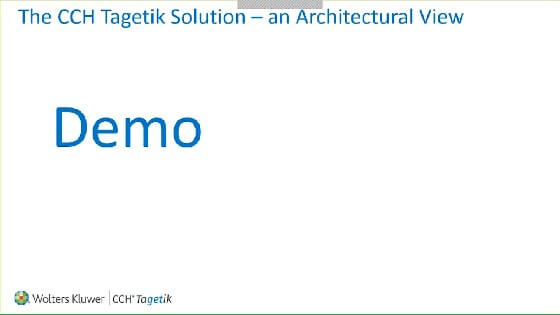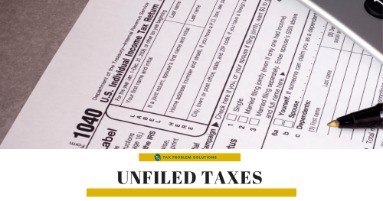General Ledger Accounting

The accountant would then increase the asset column by $1,000 and subtract $1,000 from accounts receivable. The equation remains in balance, as the equivalent increase and decrease affect one side—the asset side—of the accounting equation. When a company receives payment from a client for the sale of a product, the cash received is tabulated in net sales along with the receipts from other sales and returns.
General Ledger 101: Terms, Types, and Templates for Better Accounting
Thus, a purchase ledger helps you to keep a track of the purchases your business entity makes. This way you can make sure that you have enough purchases for the smooth manufacturing of the products. Purchases Ledger is a Ledger that records all transactions related to purchases that your business entity makes. In other words, Purchase Ledger records all the transactions taking place between you and your suppliers. Thus, your Sales Ledger tracks detailed information about goods sold to your customers.
How is a general ledger used in accounting?
For example, when a company sells a product, it records the sale as revenue in one account and the corresponding increase in a customer’s accounts receivable in another account. All financial statements like the income statement, balance sheet, and cash flow statement all draw upon the transaction records found in the general ledger. General Ledger Accounts are the basis on which you prepare Trial Balance. From Trial Balance, you are able to prepare statements of final accounts. Such financial statements help you in knowing the profitability and overall financial position of your business.
- A general ledger or accounting ledger is a record or document that contains account summaries for accounts used by a company.
- With the help of this single-view-pane of all transactions, you can detect potential fraud quickly and take action immediately.
- General Ledger Accounts are the basis on which you prepare Trial Balance.
- The general ledger should include the date, description and balance or total amount for each account.
What is a General Ledger Reconciliation Process?
Thus, General Ledger Reconciliation helps you to ensure accuracy of the information contained in your General Ledger Accounts. Thus, it forms the basis of your financial statements and helps you in evaluating the financial affairs of your firm. This is because General Ledger Accounts records transactions under various account heads. Further, it provides detailed information with regards to such accounts.

Learn how https://www.online-accounting.net/what-039-s-fob-shipping-point/ing can help you gauge your business’s overall financial health. Hence, such an investigation helps you to avoid looking for errors later. Furthermore, such a comparison becomes a lot easier with an online accounting software like QuickBooks.
Resources for Your Growing Business
The Ascent is a Motley Fool service that rates and reviews essential products for your everyday money matters. We’re firm believers in the Golden Rule, which is why editorial opinions are ours alone and have not been previously reviewed, approved, or endorsed by included https://www.personal-accounting.org/ advertisers. The Ascent, a Motley Fool service, does not cover all offers on the market. After all, you can’t manage your expenses if you don’t know what they are. As seen in the example above, all the information in the general ledger is provided in a summarized format.
For example, if you are a small business owner and need to file Form 1099 for a contractor you hired this year, then you need to know how much you paid them during the year. In this case, you can quickly check the payment invoices recorded in the general ledger to fill out this form correctly. With the help of a general ledger, you can better track and evaluate every transaction for your business. But of course, that’s easier said than done—which is why we’ve drawn out exactly how general ledgers can be used to your benefit. Basically, where your general ledger contains the summary-level information, the sub-ledgers contain the details, such as transaction dates, amounts paid, and descriptive information.
For example, cash and account receivables are part of the company’s assets. Revenue is the business’ income that is derived from the sales of its products and/or services. Revenue can include sales, interest, royalties, or any other fees the business collects from other individuals or businesses. In some cases, ifrs vs gaap the general ledger may become too large or complex to manage efficiently. Sub-ledgers are like specialized branches of the general ledger, focusing on specific accounts or business functions. Accounts payable is the money a company owes to its suppliers and vendors for products and services purchased on credit.

However, with online accounting software like QuickBooks, the General Ledger Reconciliation had become a lot easier. Furthermore, unlike journal where transactions are recorded in chronological order as they occur. Thus, you record transactions in the ledger by classifying them under various account heads to which they relate. Further, the shareholder’s equity includes share capital, retained earnings, and treasury stock. Thus, the shareholder’s equity appears on the liability side of your company’s balance sheet after current and non-current liabilities.
This data from the trial balance is then used to create the company’s financial statements, such as its balance sheet, income statement, statement of cash flows, and other financial reports. A general ledger represents the record-keeping system for a company’s financial data, with debit and credit account records validated by a trial balance. It provides a record of each financial transaction that takes place during the life of an operating company and holds account information that is needed to prepare the company’s financial statements. Transaction data is segregated, by type, into accounts for assets, liabilities, owners’ equity, revenues, and expenses.
This is often the role of a bookkeeper or other accounting staff,” said Cross. This is where your accountant makes the original entry for your financial transactions and dates them. All transaction data comes to the general journal and makes its way to the general ledger.
